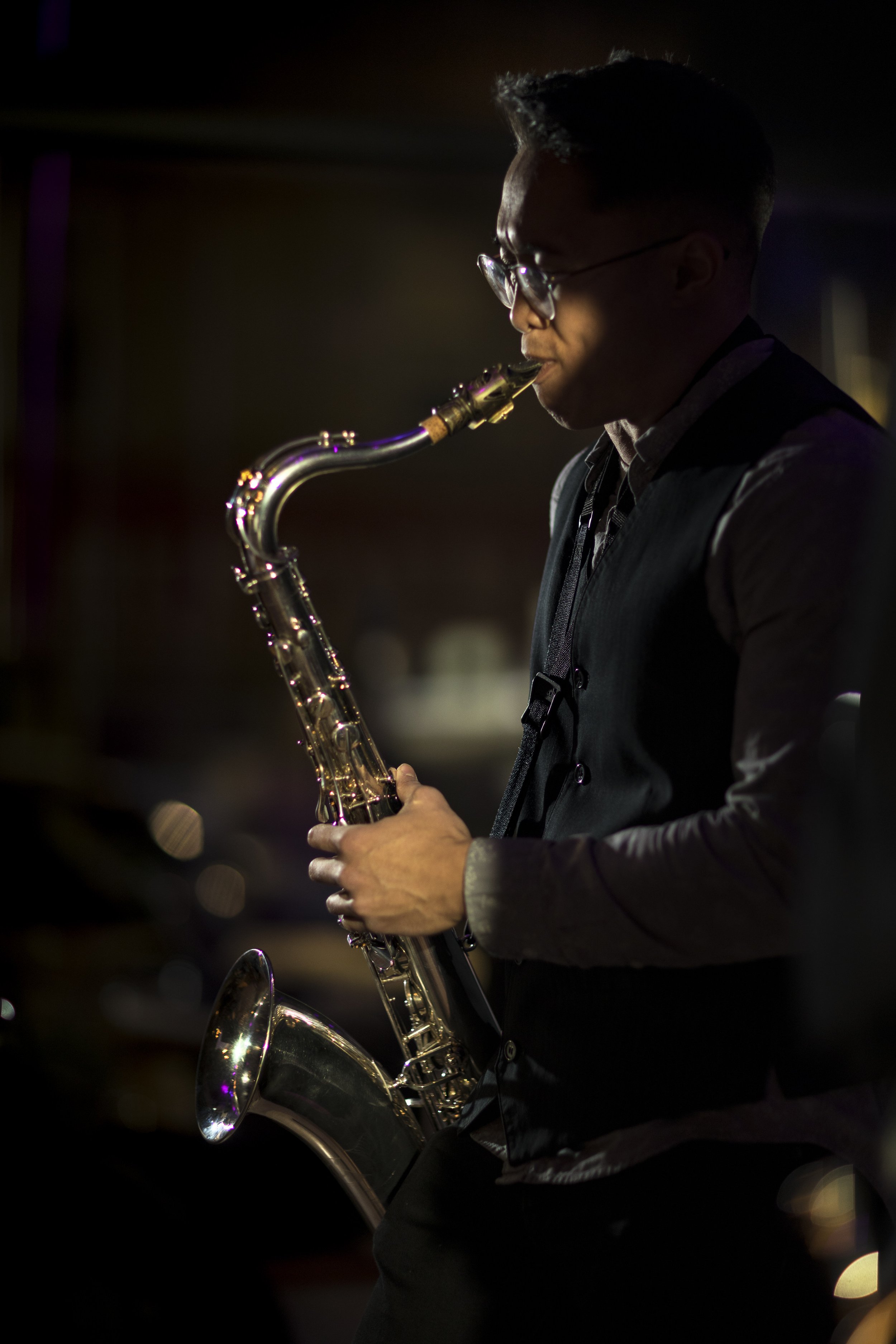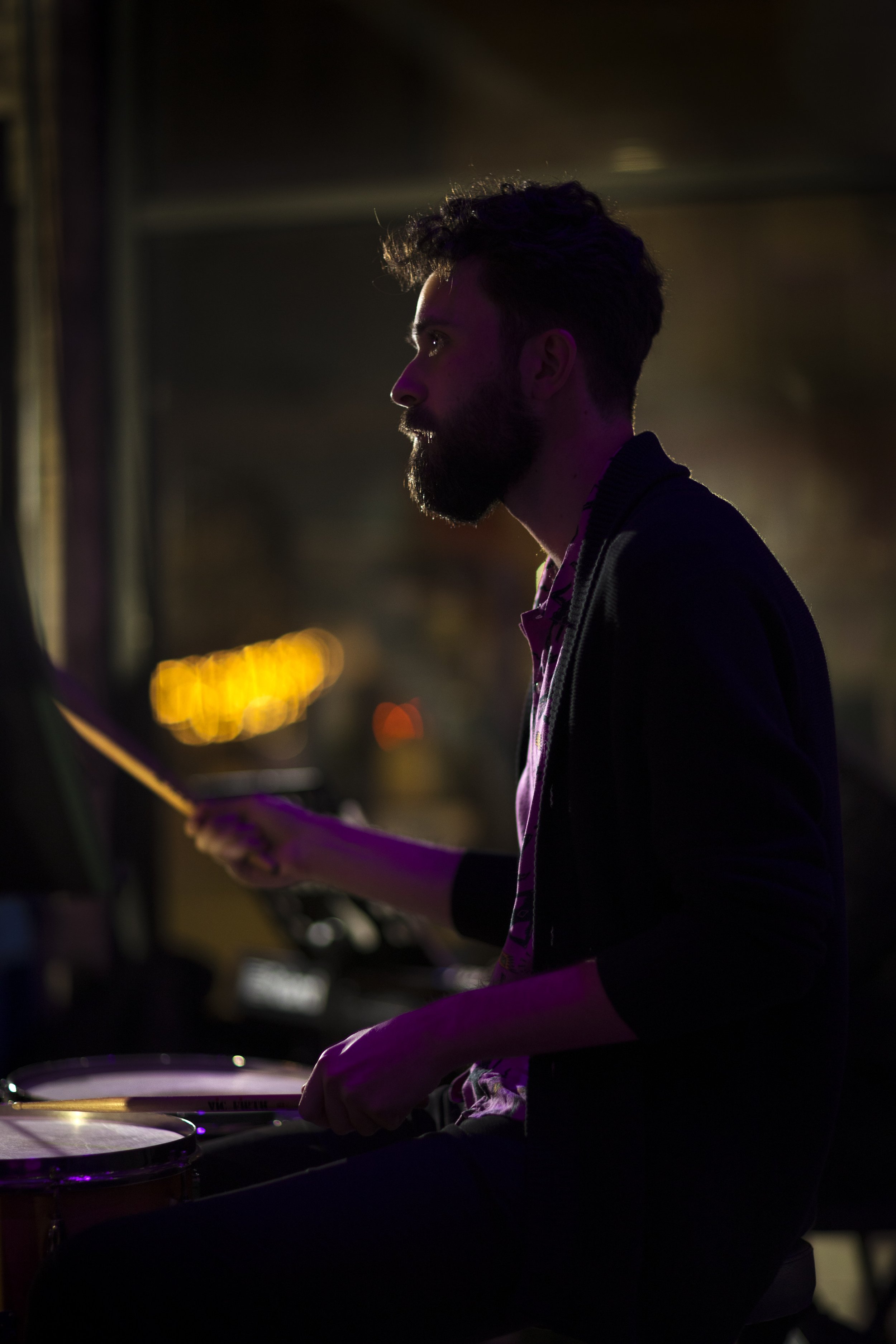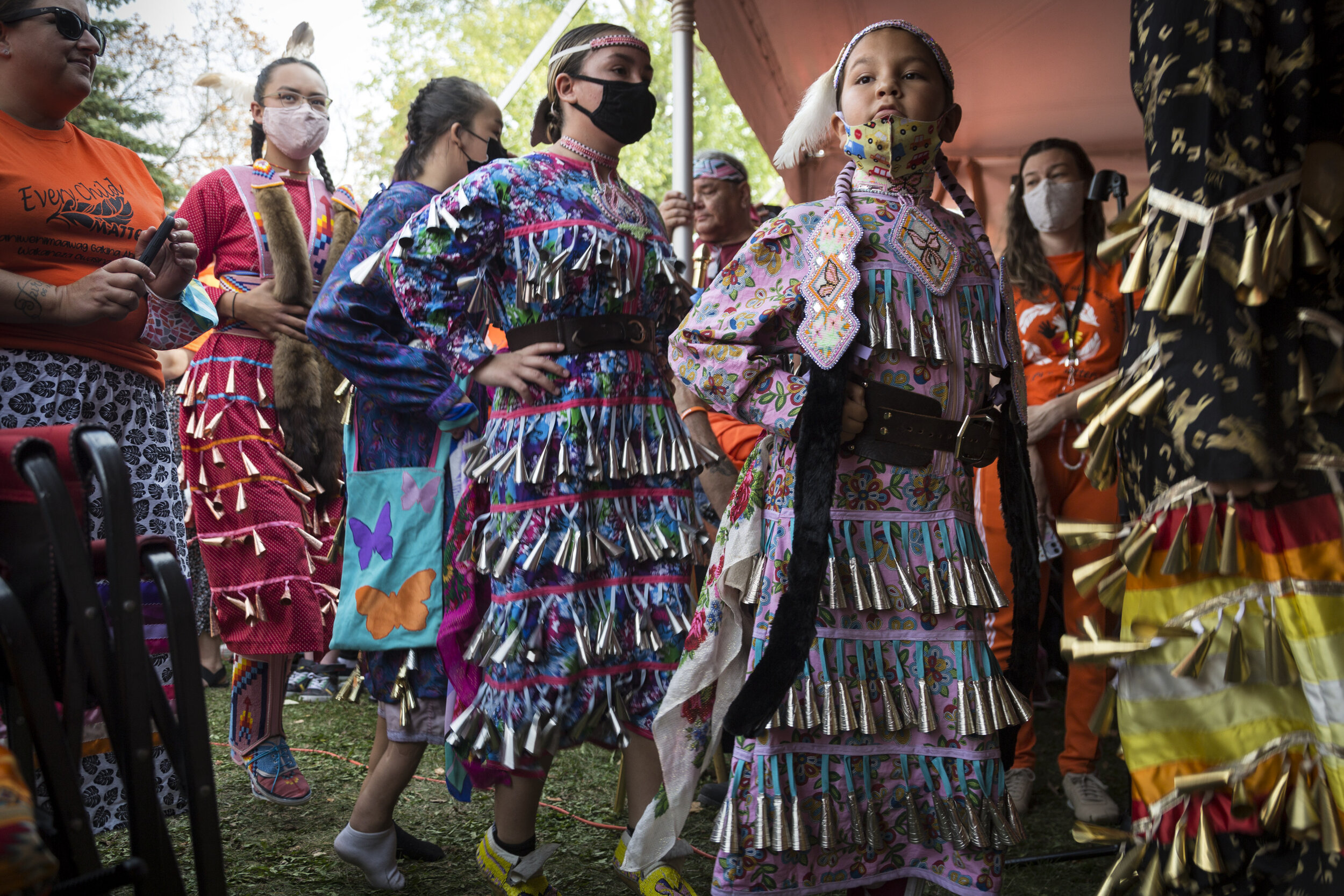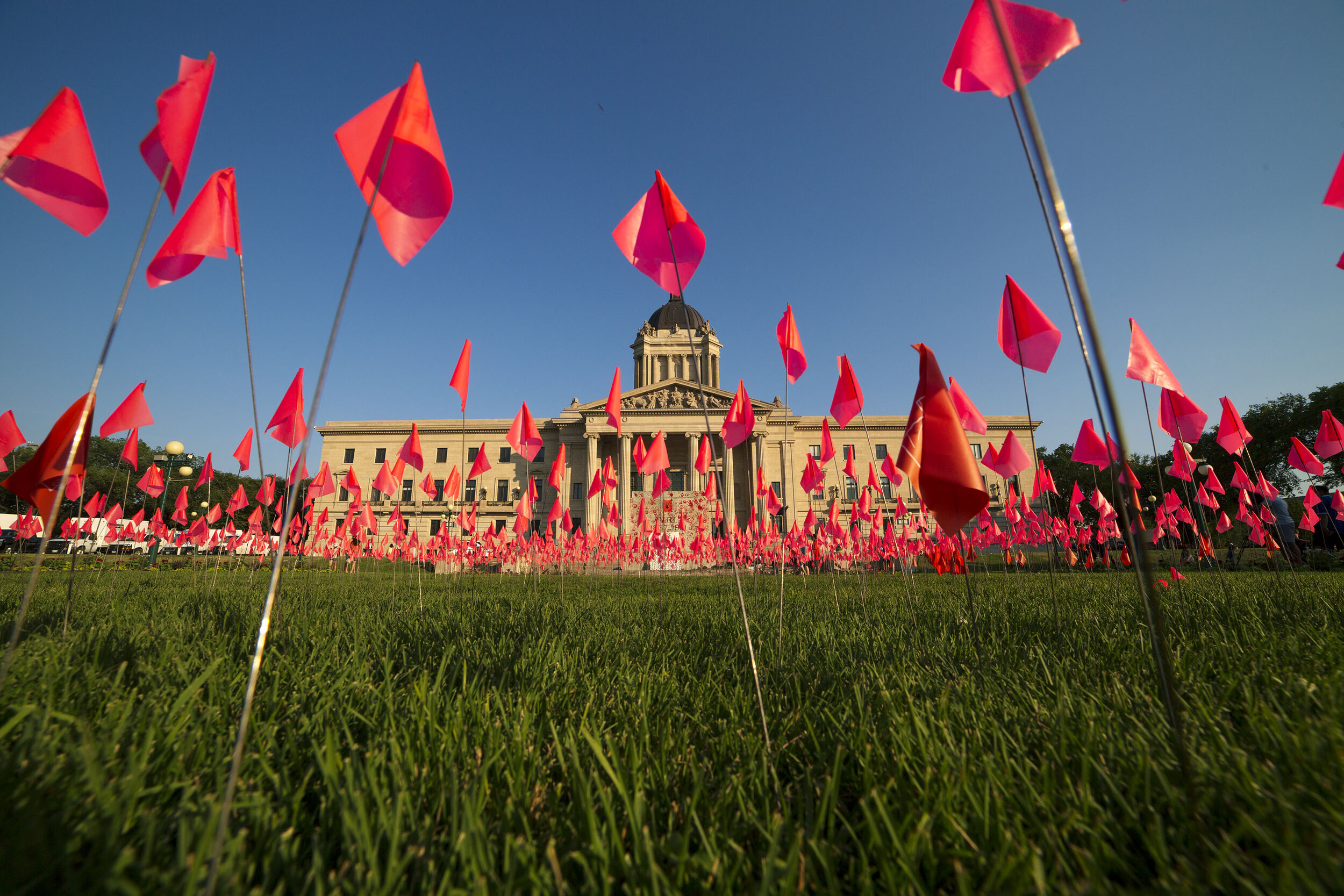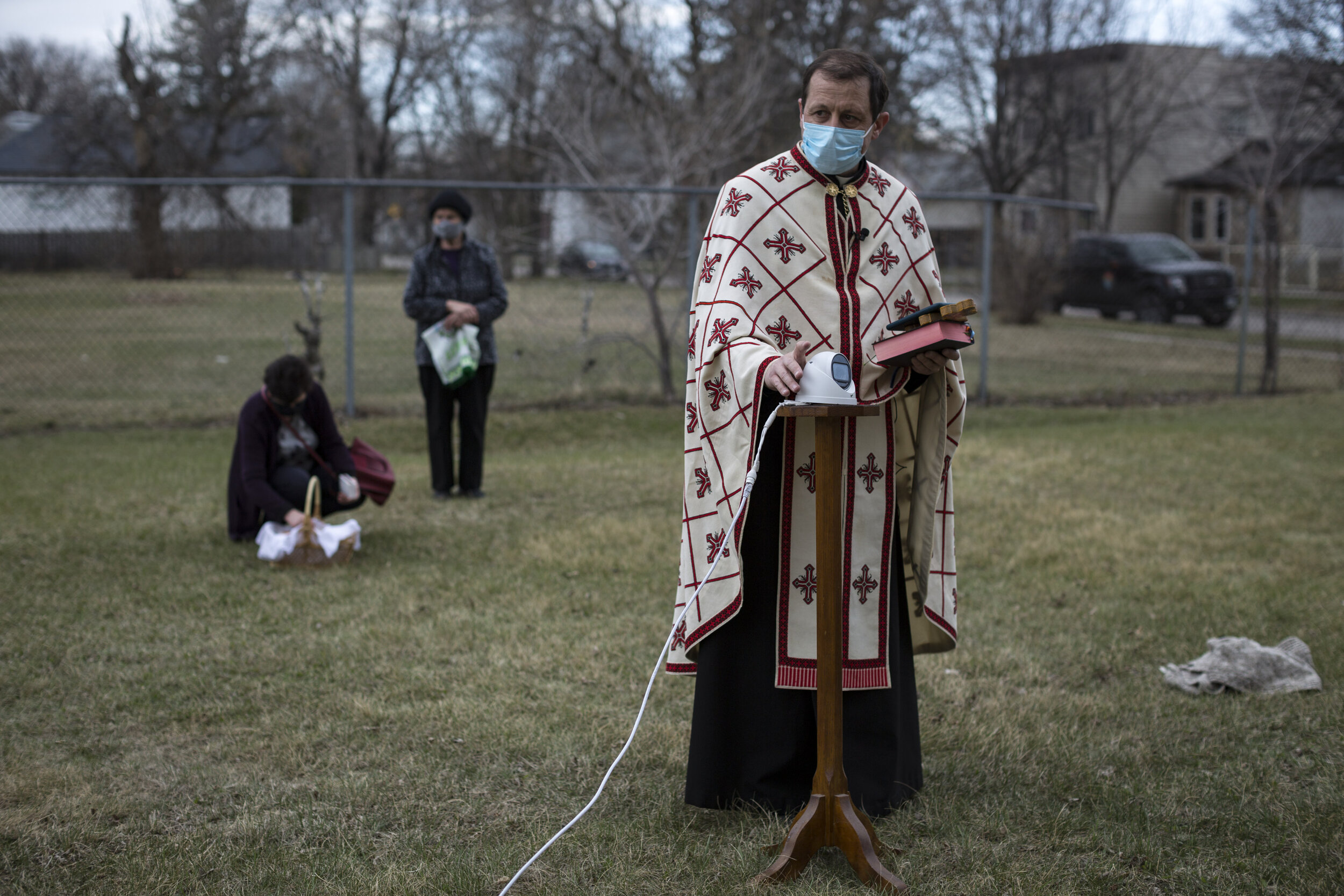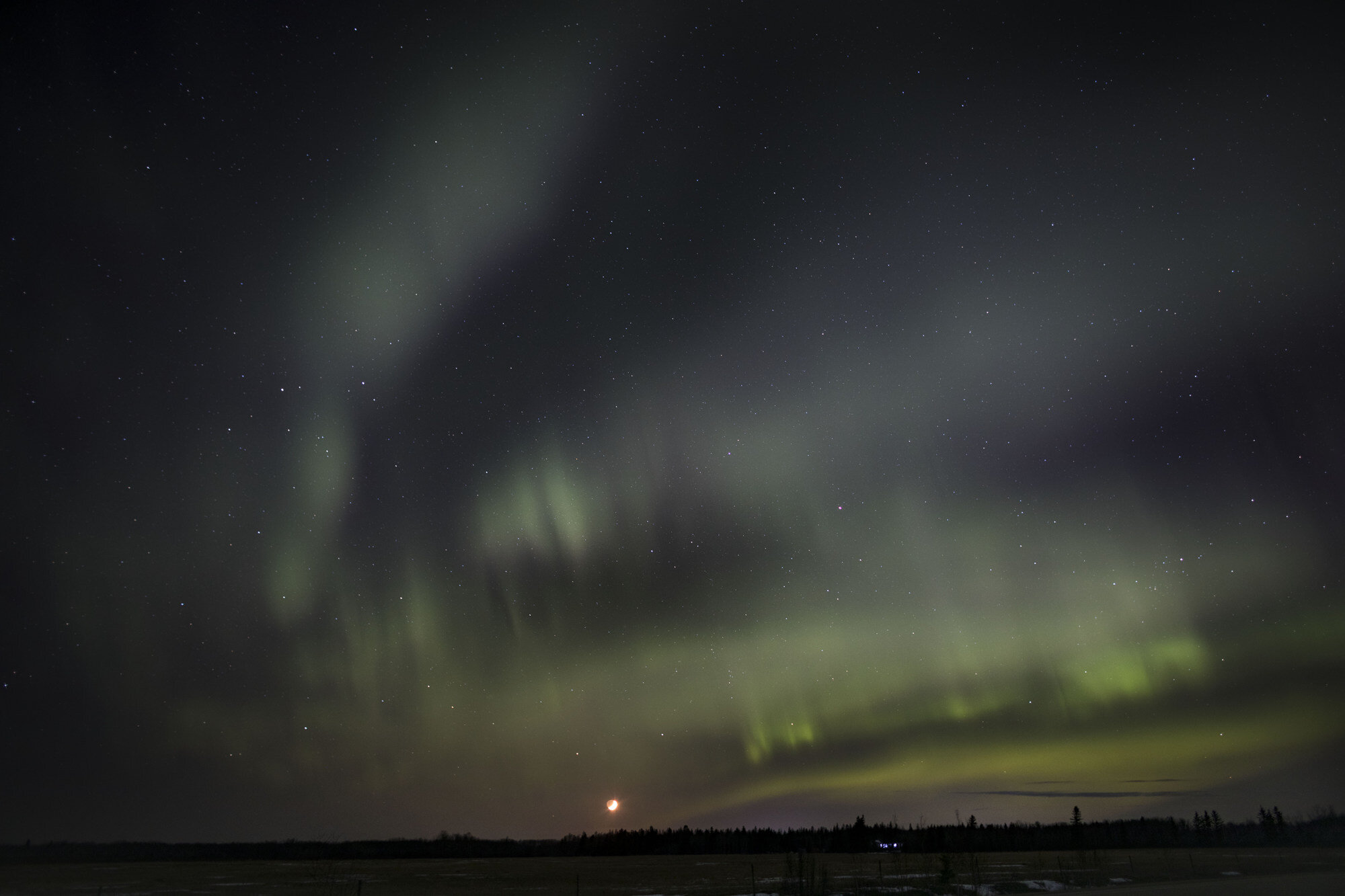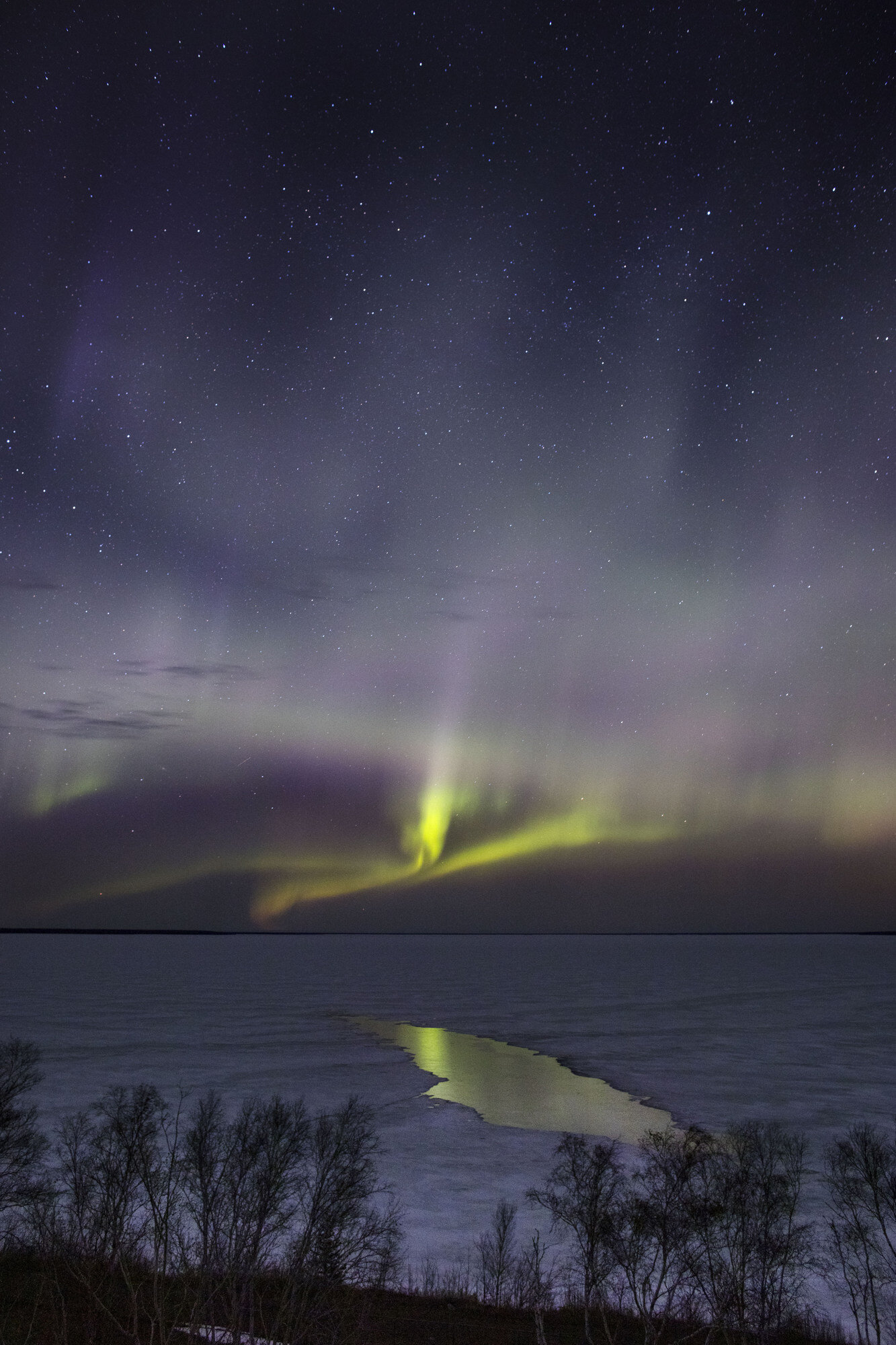For the past several years (a global pandemic, notwithstanding) I’ve been pursuing a personal project on “faith and rituals”.
I’m not entirely certain what form this project will take in future, and I’m not sure how I’ll make it more focused and specific (I know I need to do that), but a photographer friend once told me with photo essays it’s often best to just start out making pictures you like and let the direction come after some work has been done.
The wisdom of this has started to really be clear to me lately, specifically with two recent events from two different faith communities sharing a common theme.
At the beginning of November I made my way to a small North End temple for the Hindu festival of Diwali. Despite feeling very conspicuous with both my cameras and my obvious non-Hindu status, the people were warm and welcoming and I discreetly observed and (occasionally) made an image.
A month later, the city’s Jewish community gave me an equally welcoming reception for the 8-day festival of Hanukkah. Both the Etz Chayim and the Chabad-Lubavitch were kind enough to answer my questions and support my project efforts and, as with all the faith communities I’ve visited for this work, I was reminded how rich and varied our city actually is — there’s a lot going on beyond our habitual day-to-day surroundings and I’m blessed to have photography allow me to witness that first-hand.
I was also struck by the similarities in different religions and how common visual elements keep coming up, as I photograph more and more for this work. In the case of these two festivals, the element is light — both events are festivals of light, as a symbol of transcendence and expressed in literal form.
Happily, photography is all about light and so it felt fitting to show both of these festivals and what they have in common. L’Chaim and Namaste!
Diwali
Second night of Hanukkah
Diwali
Seventh night of Hanukkah
Diwali
Seventh night of Hanukkah
Diwali









